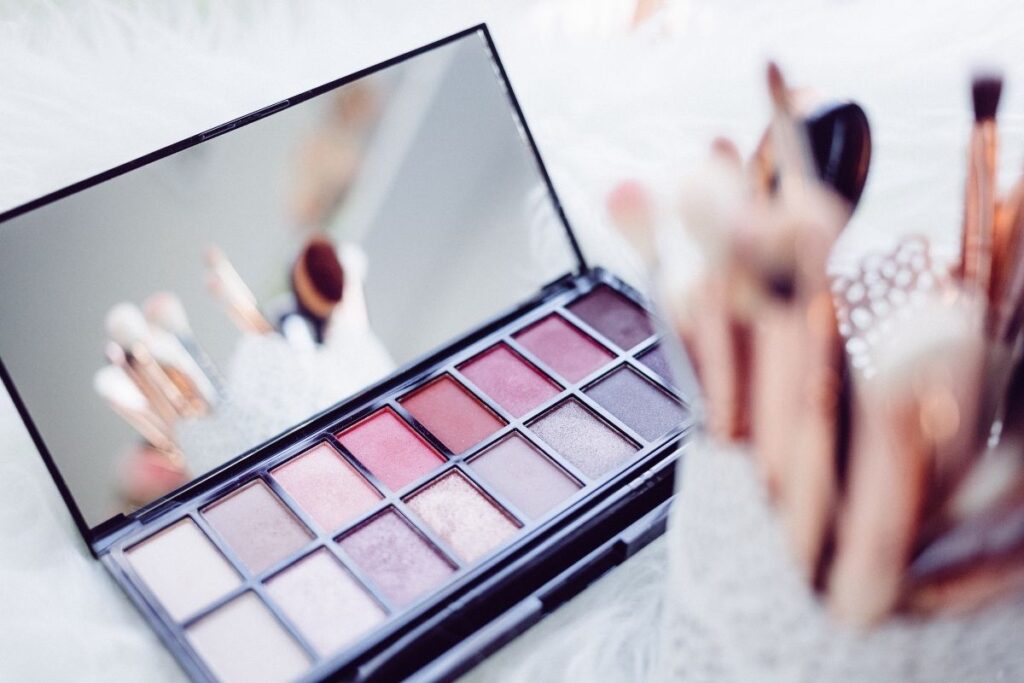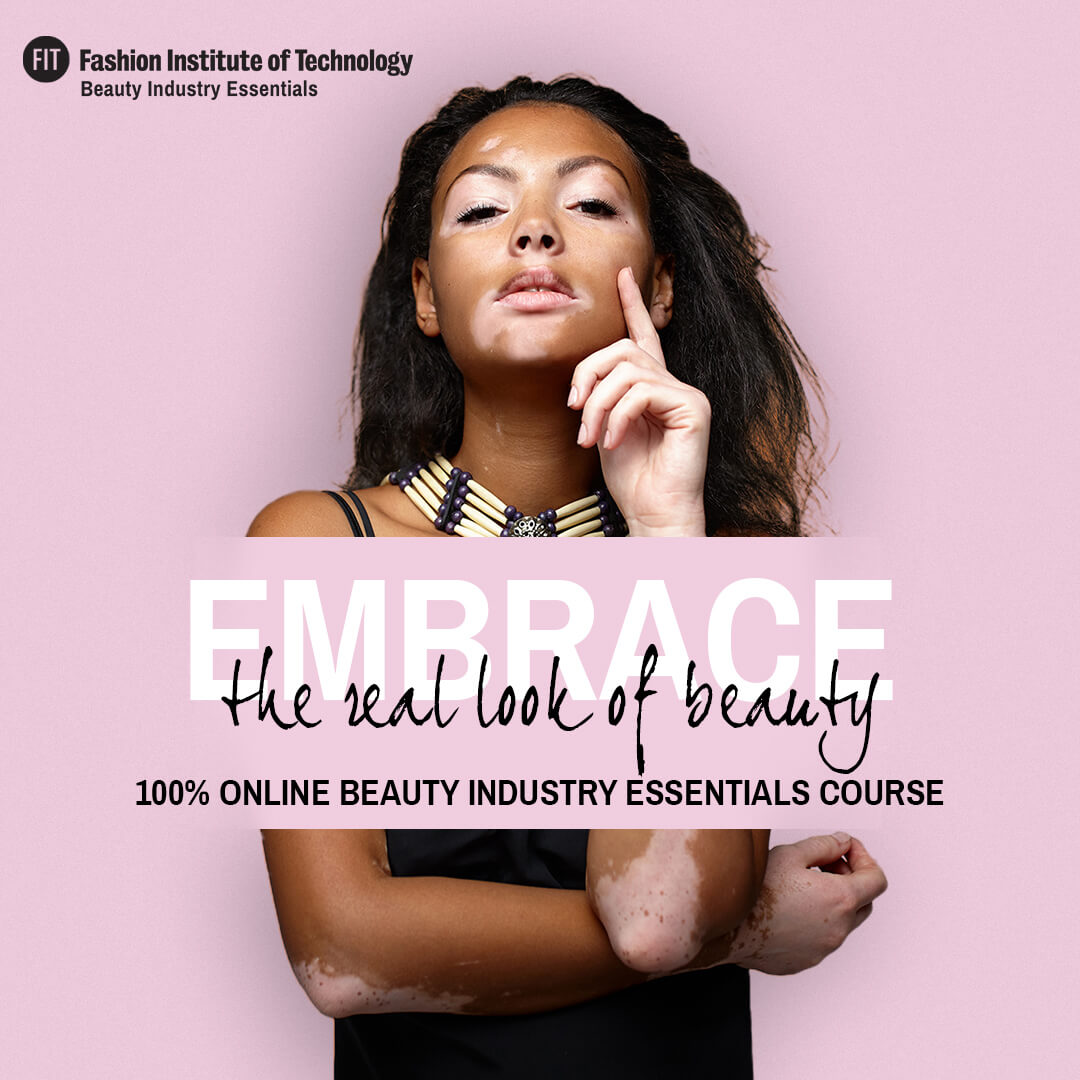The beauty industry is ever-evolving, with trends shaping the future of beauty businesses. As we look ahead to 2025, beauty professionals need to stay informed about the emerging trends that will influence consumer behaviors, product innovations, and marketing strategies in the industry.
1. Sustainability and Eco-Friendly Practices
Environmental sustainability is a growing concern for consumers, leading to a rise in demand for eco-friendly beauty products and practices. In 2025, we can expect to see more beauty brands prioritizing sustainable sourcing, packaging, and production methods to reduce their environmental impact.
2. Inclusive Beauty Representation
Diversity and inclusivity have become prominent themes in the beauty industry, with consumers advocating for more representation across all skin tones, body types, and gender identities. Beauty brands that embrace diversity in their marketing campaigns and product offerings are likely to resonate with a broader audience in 2025.
3. Tech-Driven Personalization
Technology continues to revolutionize the beauty industry, offering personalized skincare solutions, virtual try-on experiences, and AI-powered beauty recommendations. In 2025, advancements in technology will further enhance the consumer’s ability to customize their beauty routines based on individual preferences and needs.
4. Wellness Integration
The beauty and wellness sectors are increasingly intertwined, with consumers seeking holistic approaches to self-care. In 2025, we can anticipate more beauty brands incorporating wellness elements into their products, such as skincare infused with adaptogens, CBD, and other wellness-focused ingredients.
5. Clean Beauty Standards
Clean beauty, characterized by products free from harmful ingredients like parabens, sulfates, and phthalates, continues to gain traction in the beauty industry. In 2025, clean beauty standards are expected to become more stringent, driving brands to prioritize transparency and ingredient integrity.
6. Augmented Reality Experiences
Augmented reality (AR) technology has transformed the way consumers interact with beauty products online, allowing for virtual try-ons and immersive shopping experiences. In 2025, AR is poised to become even more sophisticated, offering hyper-realistic simulations that enhance the online beauty shopping experience.
7. Community Engagement and Co-Creation
Beauty brands are increasingly involving their community in product development and marketing decisions, fostering a sense of inclusivity and collaboration. In 2025, we can anticipate more brands leveraging community feedback and co-creation initiatives to develop products that resonate with their audience.
8. Gen Z Influence
Gen Z consumers, known for their digital savviness and socially conscious values, are shaping the future of the beauty industry. In 2025, beauty brands will need to align with Gen Z preferences, such as authenticity, sustainability, and inclusivity, to capture this influential demographic.
9. Rise of Indie Beauty Brands
Indie beauty brands, characterized by their entrepreneurial spirit and niche focus, are gaining momentum in the beauty industry. In 2025, we can expect to see more indie brands disrupting the market with innovative products, unique storytelling, and direct-to-consumer strategies.
10. AI-Powered Beauty Tools
Artificial intelligence (AI) is revolutionizing the beauty industry, offering personalized skincare recommendations, virtual beauty consultations, and predictive beauty analytics. In 2025, AI-powered beauty tools will continue to evolve, providing consumers with tailored solutions that cater to their individual needs.
Conclusion
As we anticipate the beauty industry trends of 2025, it’s clear that innovation, sustainability, inclusivity, and technology will play pivotal roles in shaping the future landscape of the beauty sector. By staying informed and adapting to these emerging trends, beauty professionals can position themselves for success in a dynamic and competitive industry.
Key Takeaways:
- Sustainability and eco-friendly practices will be a major focus, with more brands adopting sustainable sourcing, packaging, and production methods.
- Inclusive beauty representation across skin tones, body types, and gender identities will be essential for connecting with diverse audiences.
- Tech-driven personalization, including AI-powered recommendations and virtual try-on tools, will transform how consumers customize their beauty routines.
- The integration of wellness elements into beauty products will grow, blending skincare with ingredients like adaptogens and CBD.
- Clean beauty standards will become stricter, pushing brands to prioritize transparency and ingredient integrity.
- Augmented reality (AR) experiences will become more advanced, offering highly realistic virtual try-ons and immersive online shopping.
- Community engagement and co-creation will drive product development, allowing brands to better meet customer expectations.
- Gen Z’s influence will continue to shape the industry, emphasizing authenticity, sustainability, and social responsibility.
- Indie beauty brands will rise in popularity, disrupting the market with innovation, niche products, and direct-to-consumer approaches.
- AI-powered beauty tools will evolve, delivering more personalized skincare solutions and predictive beauty analytics.
Embrace sustainability, inclusivity, tech personalization, wellness integration, clean beauty, AR experiences, community engagement, Gen Z influence, indie brands, and AI tools to thrive in the evolving beauty industry. Consider enhancing your knowledge with the FIT Beauty Industry Essentials online course and certificate program offered by Yellowbrick.








